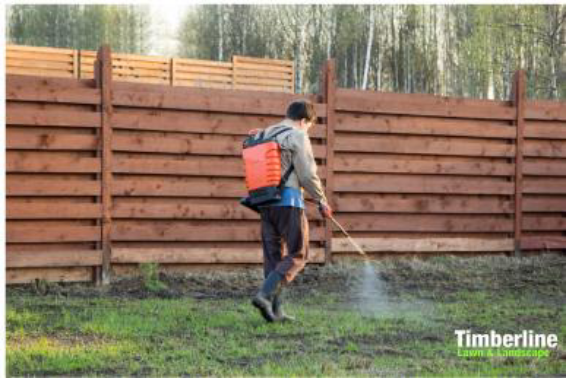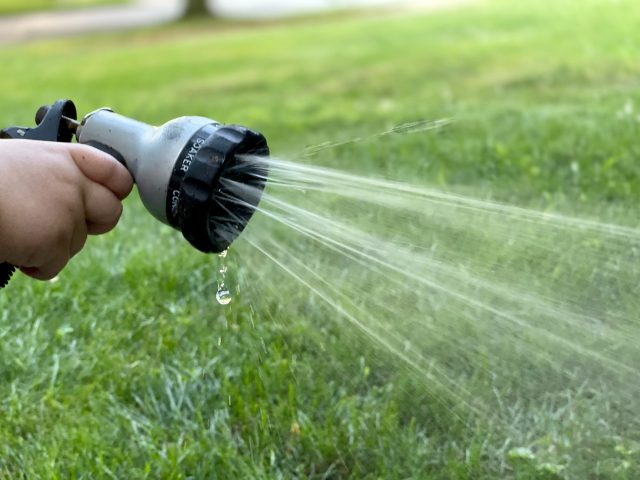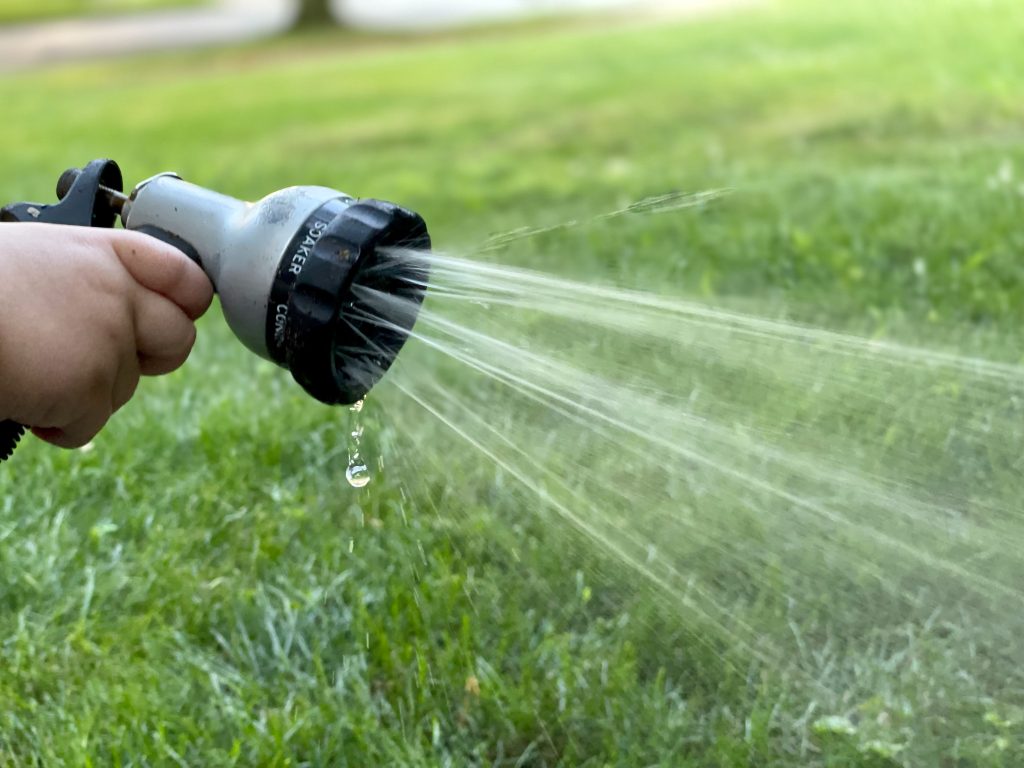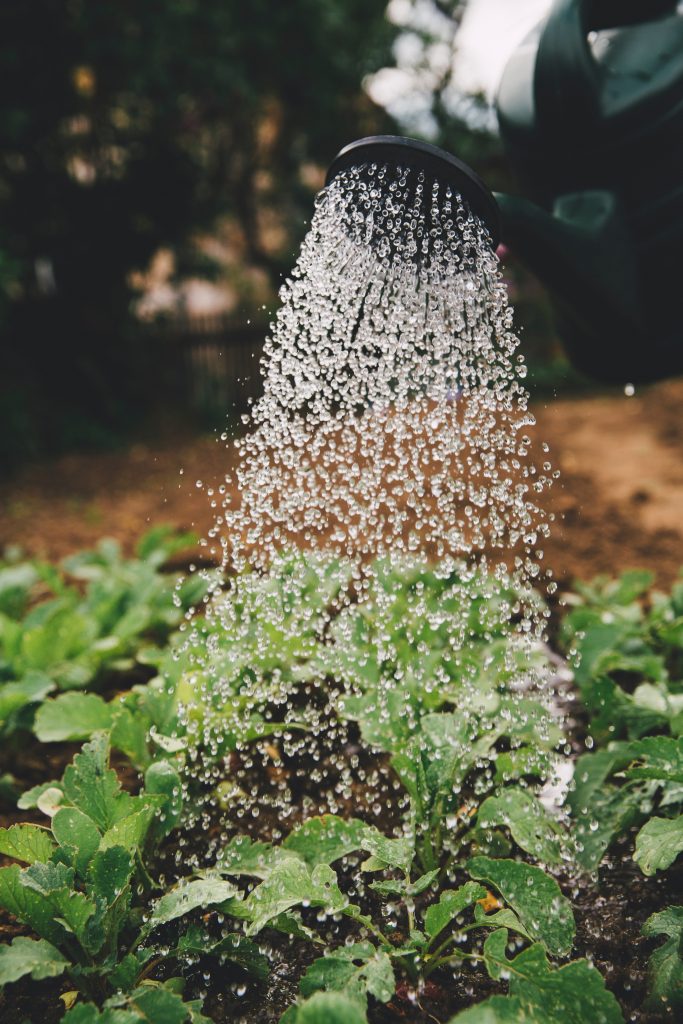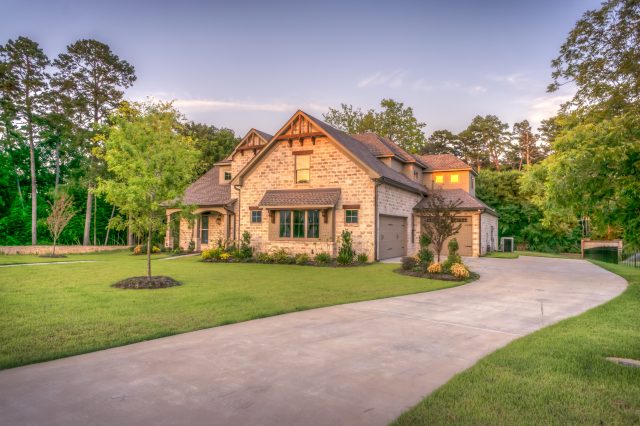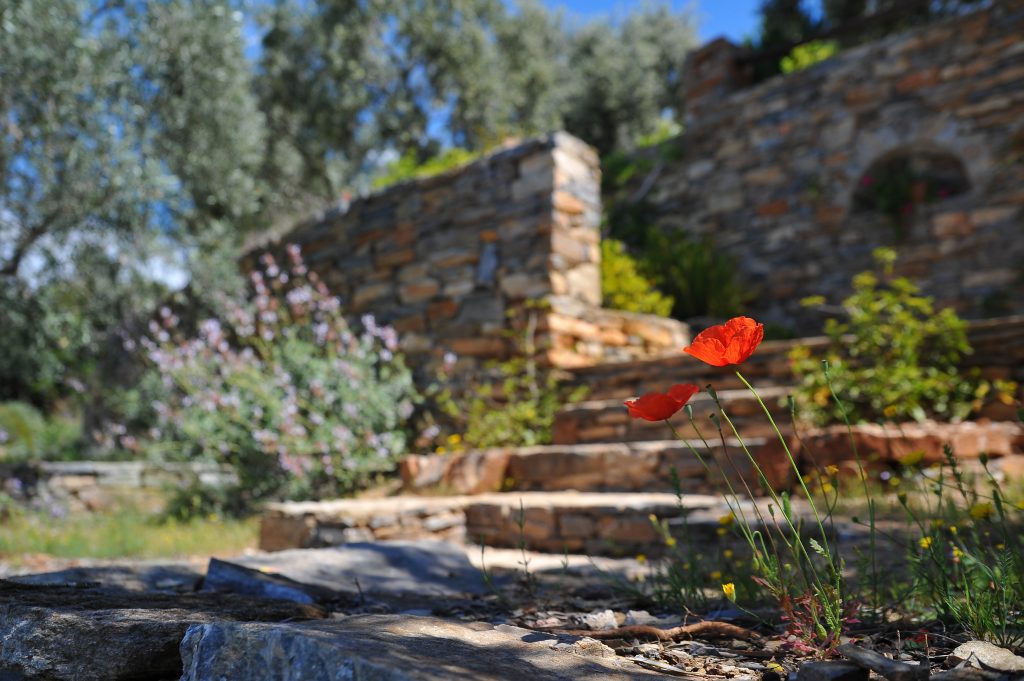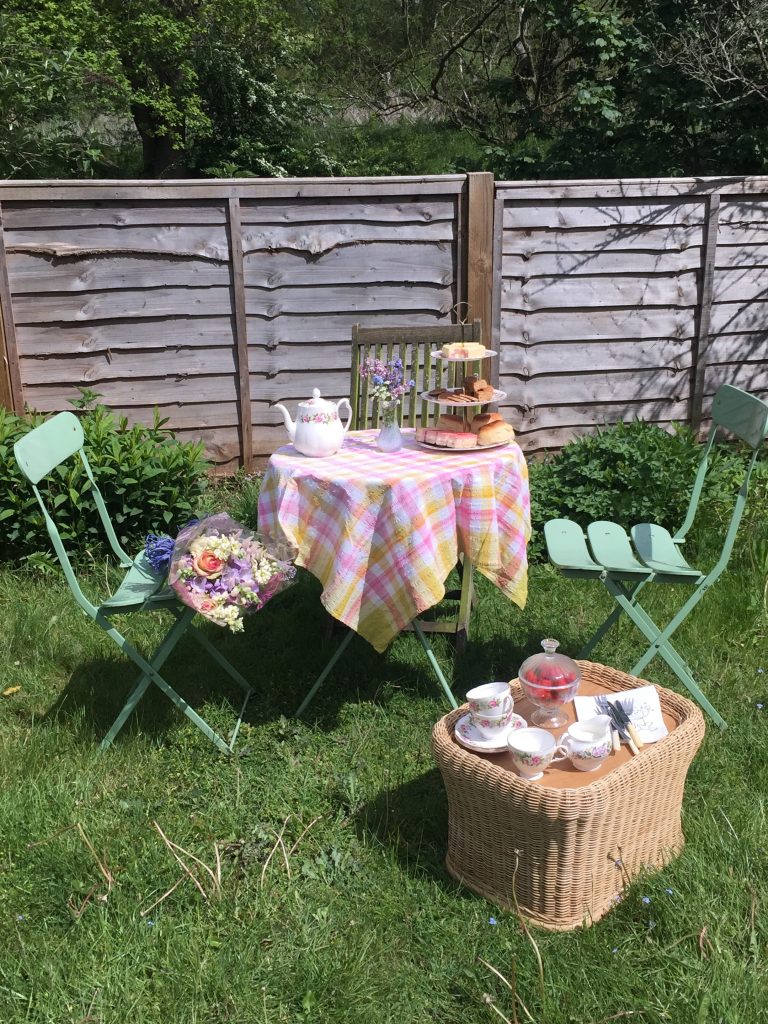
Sprinkler Repair Services in Dallas:
A well-maintained lawn is a beautiful addition to any home. But in order to keep your lawn looking its best, you need a properly functioning sprinkler system. If your sprinkler system is not working properly, it can cause a number of problems, including:
- Dry spots in your lawn
- Over watering, which can lead to water waste and erosion
- Damage to your plants and flowers
- Pest infestations
That’s where we come in. At Timberline Lawn and Landscape, we specialize in providing top-quality sprinkler repair services in Dallas. We have the experience and expertise to diagnose and fix any sprinkler problem, big or small. We also offer sprinkler tune-ups and maintenance services to help keep your system running smoothly all year long.
Fix Your Sprinkler Woes:
We understand that sprinkler problems can be frustrating. That’s why we offer same-day service for most repairs. We also offer a 100% satisfaction guarantee, so you can be sure that you’re getting the best possible service.
Our team of experienced technicians is dedicated to providing you with the highest quality sprinkler repair services in Dallas. We use only the latest tools and equipment to ensure that your repairs are done correctly and efficiently.
Here are some of the sprinkler problems we can fix:
- Broken sprinkler heads
- Leaking pipes
- Malfunctioning timers
- Clogged nozzles
- Electrical problems
- And more!
Sprinkler Care Made Easy:
We know that you’re busy, so we make it easy for you to get the sprinkler repair services you need. You can schedule an appointment online or by phone. We also offer a 24/7 emergency service for those times when your sprinkler system breaks down unexpectedly.
Enhance Your Lawn with Us:
The key to any great landscape is the watering. It doesn’t matter how much effort you put into the chemicals, treatments, fertilization, mowing, and planting – without proper watering your landscape will suffer from drought or over watering. Irrigation management is a critical aspect often overlooked. With just 2-3 visits a year we will get your basics covered.
Beyond our top-notch sprinkler repair services, we also offer comprehensive sprinkler tune-ups and maintenance. Regular Sprinkler Inspections are essential to keep your system in peak condition. A yearly check-up ensures early detection of potential problems, optimizing water distribution and preventing costly issues in the long run. Our expertise extends to Sprinkler Timer Programming and Sprinkler Control Programming, ensuring your system’s settings are aligned with the unique watering needs of your landscape.
In addition, we offer installation services, tailored to your property’s requirements. Our team collaborates with you to design a system that maximizes efficiency and minimizes water waste.
Contact us Today:
If you’re seeking reliable and efficient Sprinkler Repair Services in Dallas, look no further than Timberline Lawn and Landscape. Our knowledgeable team is dedicated to answering your questions and addressing your concerns. Let us help you achieve a lush, healthy lawn with a well-functioning sprinkler system. Contact us today to learn more about our services and schedule an appointment for all your sprinkler needs.
Contact us today to learn more about our sprinkler repair services in Dallas. We’ll be happy to answer any questions you have and schedule an appointment for you.
How often should I schedule sprinkler system inspections?
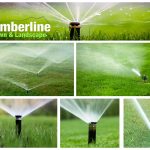
It’s recommended to schedule a Sprinkler Inspection at least once a year, preferably before the watering season starts. Regular inspections can help identify potential issues early and ensure that your system is functioning optimally.
Can I program my sprinkler timer on my own, or do I need professional help?
While programming a sprinkler timer might seem straightforward, it can be complex due to varying watering needs for different plants and seasons. Our experts specialize in Sprinkler Timer Programming and Sprinkler Control Programming, ensuring your system is set to water efficiently and appropriately.
What are the benefits of regular sprinkler tune-ups?
Regular Sprinkler Tune-Ups offer several benefits, including preventing potential issues, maximizing water efficiency, and extending the life span of your system. Our technicians will check for leaks, adjust sprinkler heads, clean nozzles, and ensure proper water distribution.





